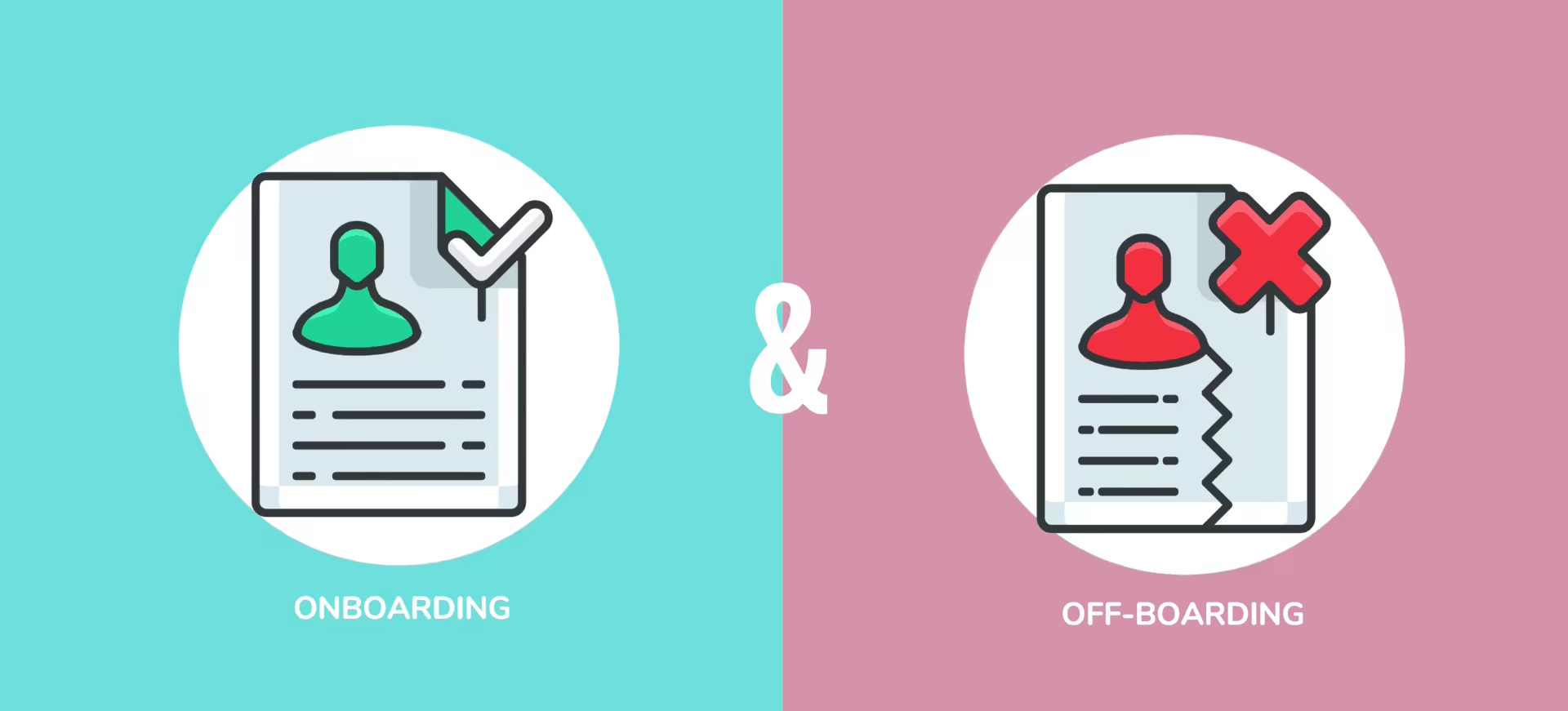Onboarding and off-boarding employees are two important fundamental HR activities. When a job candidate decides to accept a job, onboarding starts. This includes all the steps necessary for the effective implementation and development of a new employee. Off-boarding is the contrast of onboarding which includes removing an employee from a business.
Onboarding refers to the process of assisting new recruits in adjusting to the social and performance aspects of their new roles. A successful onboarding experience is closely linked to increased job satisfaction, organizational commitment, engagement, and performance, while also being inversely associated with turnover rates.
More and more organizations are recognizing the importance of a happier workforce these days, and how this impacts the business' success and profitability. There is a general perception that every worker wants some kind of onboarding, however, what truly makes an onboarding effective in making sure that the element of the new hires drops seamlessly into the big puzzle of the company as a perfect match?
The onboarding phase holds utmost significance as it marks the initial interaction of a new recruit with a company or employer. Considering the costs involved in finding, attracting, recruiting, onboarding, and training new employees, it is financially prudent to establish a comprehensive onboarding process that creates a positive impression on new hires. The benefits of effective onboarding for organizations encompass fostering confidence, aligning employees with company objectives, and enhancing employee commitment.
A recent survey by the Human Capital Institute and HR provider Kronos showed that a key on-board priority for managers is to incorporate workers into the workplace culture, which includes getting them equipped and productive as quickly as possible. The aim may include appointing a worker or representative to a friend and immediately arranging meetings with managers.
Bauer (2010) has identified four levels of onboarding that adapt the legal, performance, cultural and relational dimensions of the organization. These levels are Compliance, Clarification, Culture, and Connection. Compliance is to educate employees on the legal policies and regulations in place at the organization at the most basic level of onboarding. For instance, reading an employee handbook that outlines specific organizational practices such as attendance or dress code policy counts as compliance. Clarification, the next level of onboarding, educates employees in their role on the performance expectations. For example, this may involve training the employee to use on the job in different systems, processes or reporting formats. Culture introduces the employee to the history, traditions, values, philosophy, and standards of the organization. To facilitate the transfer of information about the organization, new hire learning experiences can focus on the core philosophies and values of the company (Everson, 2015).
Connection, the final and most inclusive level in the onboarding process. This is the level at which the employee has the chance to form relationships within the organization formally and informally. Ways that organizations might achieve this include describing the organizational hierarchy, introducing employees to senior leadership, or having their line managers and colleagues take them out to lunch to learn more about them. Effective onboarding consists of all four levels which, if all are included and reached in the program, best orient the employee into the organization (Bauer, 2010).
A study by M. Meyer and K. Bartels (2017) to examined the effects of onboarding levels on perceived utility, organizational commitment, perceived organizational support, and job satisfaction. Participants who were on board at all four of Bauer’s (2010) onboarding levels indicated significantly higher ratings of perceived utility, organizational commitment, perceived organizational support, and job satisfaction. Respondents did not indicate that these levels are entirely hierarchical in nature, as 28% of participants indicated their onboarding experiences fell within a number of other level combinations.
Offboarding aims to facilitate a seamless transition and facilitate the transfer of knowledge and experience from the departing individual. It involves management systems that handle all necessary tasks associated with the departure, often reversing the onboarding process. The purpose of offboarding is to ensure a comprehensive and organized exit for employees, tying up any loose ends and preserving institutional knowledge for the benefit of the organization.
It is important to ensure a well-organized and successful departure. Employees who quit can return as full-time employees and/or contractors. Most companies consider alumni to their former employees, who can create new business associations and popularity for the organization.
Keithley Tongai is a Consultant intern at Industrial Psychology Consultants (Pvt) Ltd, a business management and human resources consulting firm.

